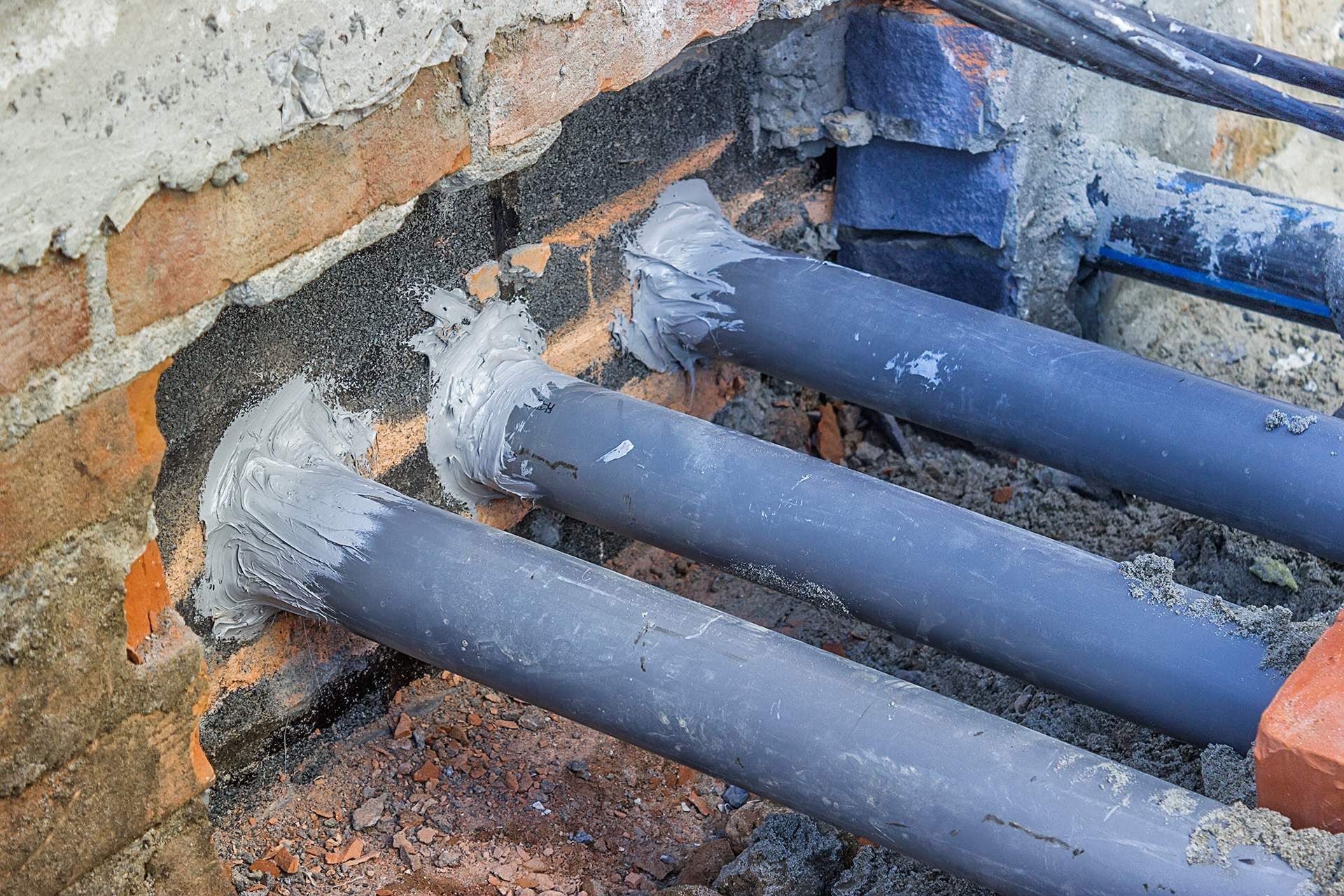Humidity Control for Indoor Plants

In recent years, indoor plants have taken center stage in homes and workplaces, becoming a vibrant trend that merges nature with modern living. Their surge in popularity is no coincidence indoor plants offer a harmonious blend of functionality and aesthetics, catering to both practical needs and visual appeal. From purifying air to elevating interior design, these green companions transform ordinary spaces into havens of health and tranquility.
Beyond their visual charm, indoor plants play a pivotal role in improving air quality. Numerous studies emphasize their ability to filter toxins, regulate humidity, and increase oxygen levels, creating a healthier environment for occupants. This dual benefit beauty and wellness has made indoor plants indispensable in urban settings, where natural greenery often feels out of reach.
As lifestyles continue to shift toward sustainability and mindfulness, the allure of indoor plants is set to grow further. Whether adorning cozy apartments or sprawling offices, they serve as a gentle reminder of nature’s resilience and the comfort it brings into our daily lives. This blog delves into the multifaceted appeal of indoor plants, exploring how they enrich our spaces and contribute to a greener, healthier future.


Remember, you get direct access to me once we start working together, no deposit required, and you don't pay until you're completely satisfied with the work.
Contact Info
Serving all of Middle Tennessee
Phone:
(615) 265-0081
Email:
joshuamaynor1988@gmail.com
Business Hours:
Mon - Fri - 8am to 5pm
Sat & Sun - 8am to 5pm
Services
LOcations
All Rights Reserved | Crawl Logic



